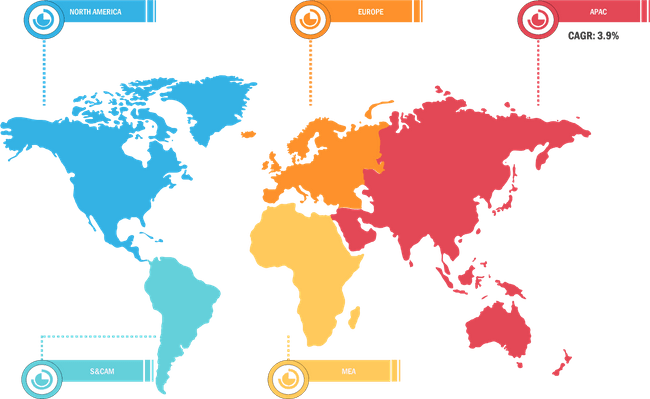Surging Number of Pregnant Working Women Catalyzes Growth of Maternity Wear Market
According to our latest market study on "Maternity Wear Market Forecast to 2028 – COVID-19 Impact and Global Analysis – by Product Type (Top Wear, Bottom Wear, Dresses and Gowns, and Innerwear) and Distribution Channel (Supermarkets and Hypermarkets, Specialty Stores, Online Retail, and Others)," the maternity wear market is expected to grow from US$ 12,257.41 million in 2021 to US$ 16,578.64 million by 2028; it is expected to grow at a CAGR of 4.4% from 2021 to 2028.
Pregnant women use maternity wear clothes from their first month or so after giving birth as they gain weight during pregnancy, and regular clothing does not feel comfortable during this time. The maternity wears provide comfort and flexibility during pregnancy or after. Maternity wear consists of top wear, bottom wear, dresses and gowns, and innerwear. Pregnancy and maternity are vulnerable for working women and their families. Expectant and nursing mothers require special protection to prevent harm to their or their infants' health. Also, they need adequate time to give birth, recover, and nurse their children. In this, maternity wear plays vital role.
Moreover, many countries established federal and state laws to support pregnant working women. The working situation for pregnant women is much more flexible today than before the Pregnancy Discrimination Act. According to the US Census Bureau's 2018 American Community Survey (ACS), ~23.5 million women employees have children, and nearly two-thirds of them worked full-time throughout the year. Increasing disposable incomes of working women boosts their expenditure capacity.
Gap Inc, Seraphine, Isabella Oliver, H and M Hennes and Mauritz AB, Brunelli and Co S.R.L., Mothercare, Boob Design, SHAICO Fashion Pvt. Ltd, Pink Blush Maternity, and Organic & More are among the key players in the global maternity wear market.
Impact of COVID-19 Pandemic on Maternity Wear Market
The ongoing COVID-19 pandemic has drastically altered the status of the consumer goods sector and negatively impacted the growth of the maternity wear market during the initial phase of the pandemic. Further, the clothing and apparel retail stores recorded high losses in sales. Financial results published by fashion brands such as the Spanish Inditex Group and the Swedish H & M laid bare the enormity of the pandemic’s impact. Furthermore, e-commerce experienced a long-lasting benefit from the pandemic, as most online purchasers consider e-retail as a post-pandemic option.
Maternity Wear Market Breakdown – by Region
Maternity Wear Market Forecast to 2028 - COVID-19 Impact and Global Analysis By Product Type (Top Wear, Bottom Wear, Dresses and Gowns, and Innerwear) and Distribution Channel (Supermarkets and Hypermarkets, Specialty Stores, Online Retail, and Others) 
Maternity Wear Market Key Findings and Share by 2028
Download Free Sample
The report segments the maternity wear market as follows:
Based on product type, the maternity wear market is segmented into top wear, bottom wear, dresses and gowns, and innerwear. Based on distribution channel, the maternity wear market is segmented into supermarkets and hypermarkets, specialty stores, online retail, and others. By geography, the maternity wear market is segmented into North America, Europe, Asia Pacific (APAC), the Middle East and Africa (MEA), and South and Central America (SAM).
Contact Us
Phone: +1-646-491-9876
Email Id: sales@theinsightpartners.com